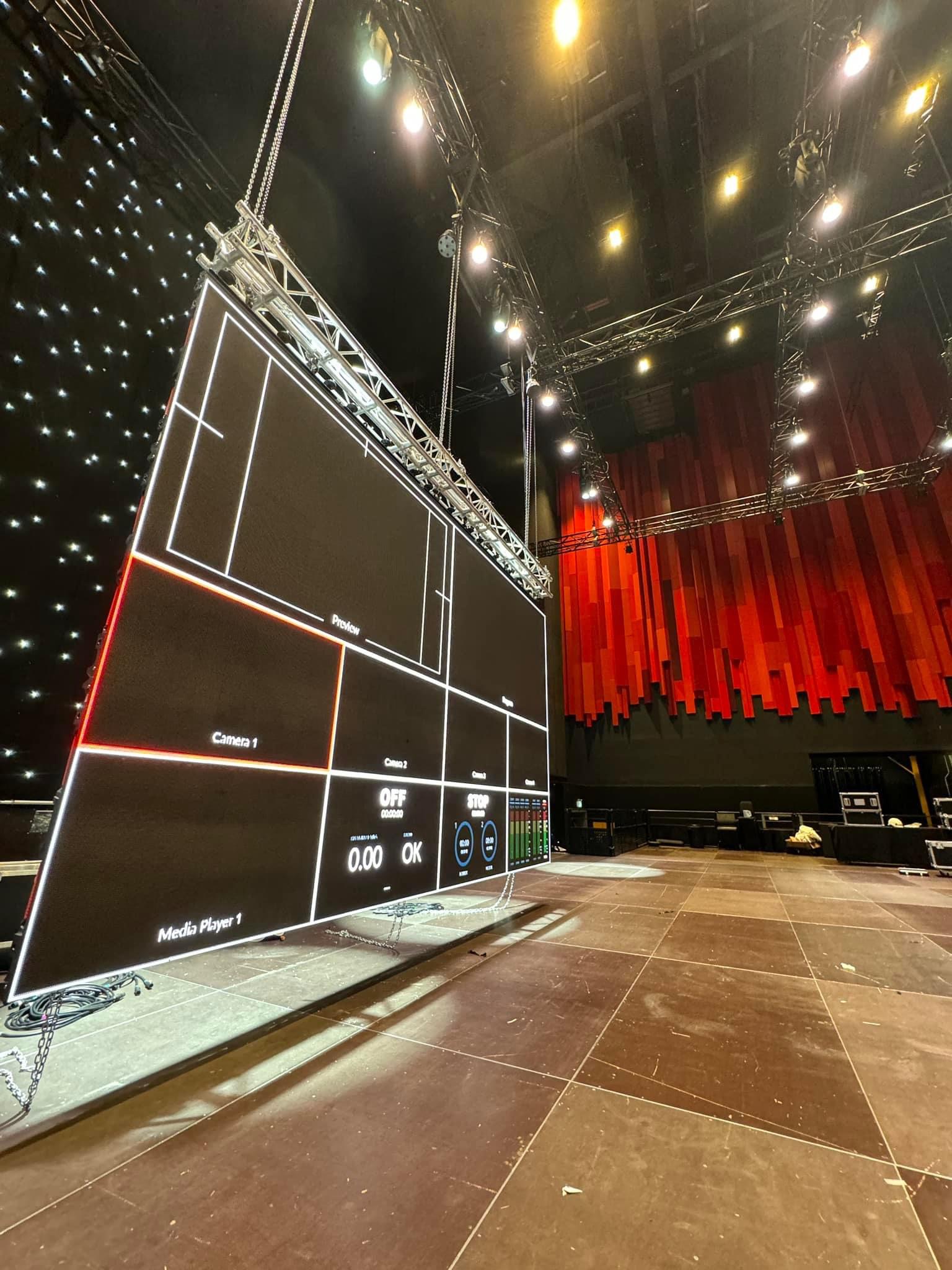To understand brightness-to-darkness ratios more effectively, it is helpful to comprehend how they are calculated. The ratio is typically expressed as two figures, such as 1000:1. This means that the lightest white is 1,000 times brighter than the deepest black. Screens with elevated contrast ratios provide richer blacks and more vivid whites, which improves the overall visual experience. When viewing a movie or engaging with a game title, for example, these variations can create a more immersive environment. Users can see elements that may be lost in displays with lower contrast ratios.
Different types of screen technologies, such as LCD, LED, and OLED, have varying contrast ratios. OLED panels are known for their superior contrast because they can deactivate individual pixels completely, resulting in true black levels. On the other hand, traditional LCD displays blog link may fail to reach similar levels of darkness due to their illumination methods. It is essential for consumers to consider these differences when choosing a display for their needs. Understanding how each system manages contrast can greatly impact contentment with the device.
Moreover, the significance of brightness ratio extends beyond entertainment; it also influences productivity in work environments. For tasks demanding precise visual analysis, such as visual design or photo editing, having a screen with a superior contrast ratio allows for greater precision and definition. This ensures creatives can see fine details in their artwork or photographs without strain. In educational settings, learners gain from enhanced displays that make learning materials more engaging and easier to understand.

To sum up, enhancing image quality through understanding contrast levels is essential for individuals using screen technology. A greater contrast ratio results in superior image quality by delivering deeper visit this page colors and more clarity in images. As technology continues to evolve, consumers should remain informed about these specifications to make choices that best suit their preferences and requirements. Be it for leisure or productivity, being informed about contrast ratios maximizes enjoyment and effectiveness in using visual displays.